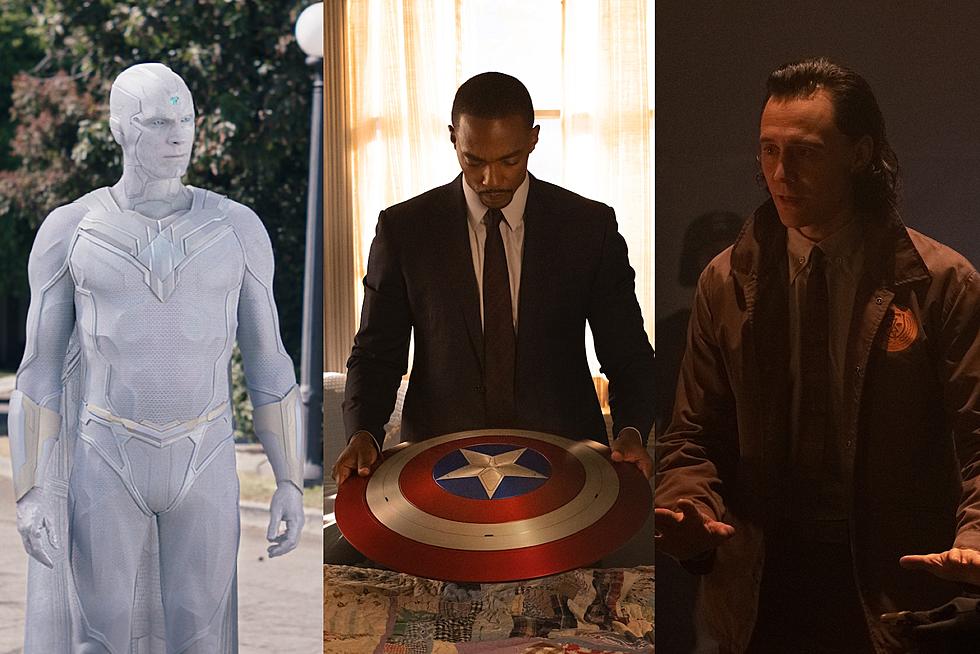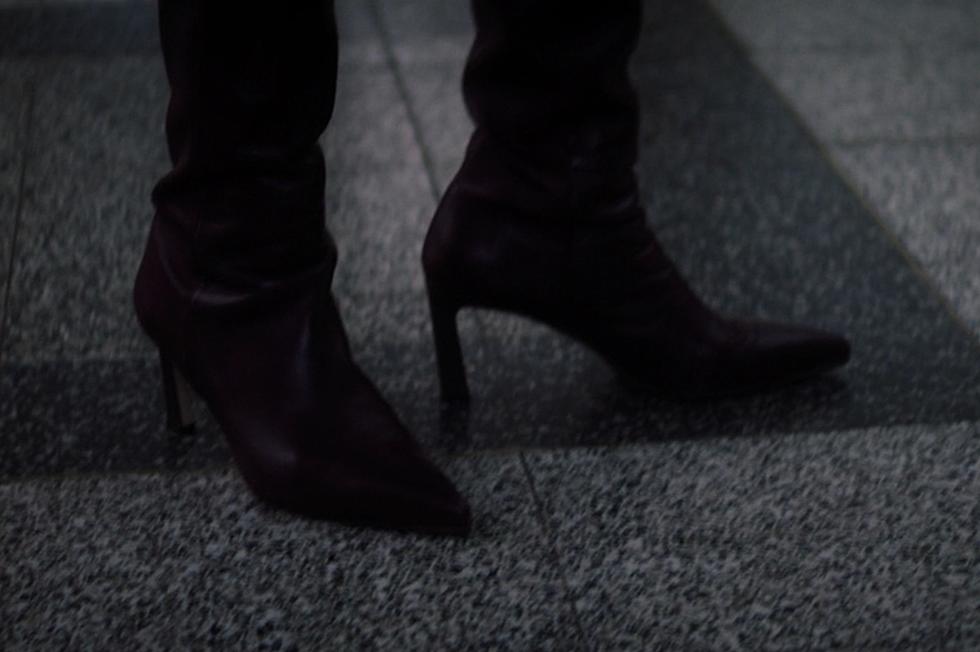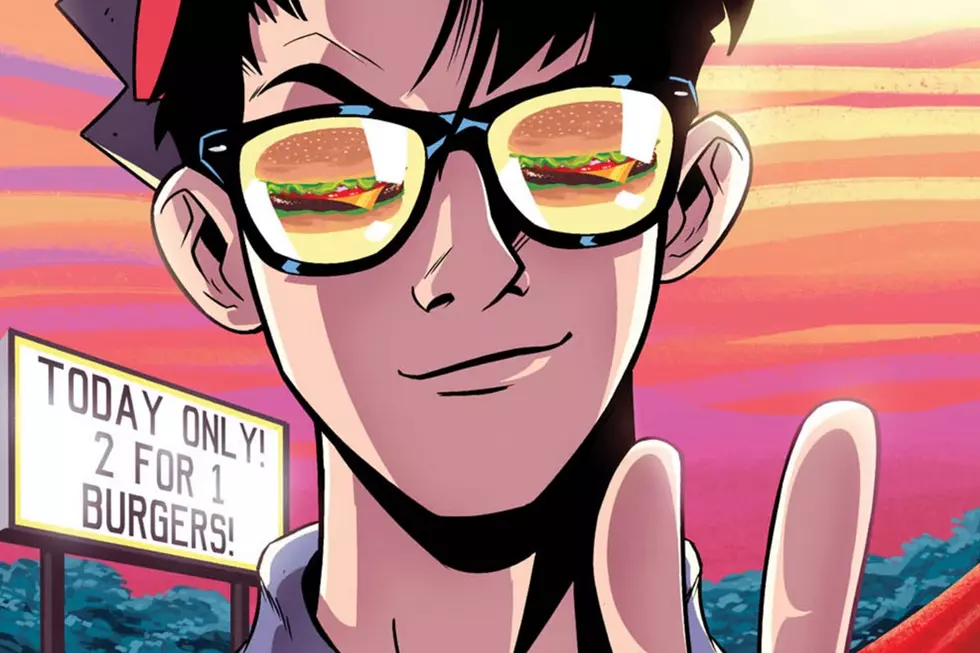
Comics as History: Discussing Joel Christian Gill’s ‘Strange Fruit’
Strange Fruit: Uncelebrated Narratives from Black History by Joel Christian Gill is a narrative history for young readers. The book was released in May of 2014 to some acclaim, but didn’t quite break through to a wider audience. Mark Waid and JG Jones' controversial recent Boom project of the same name has made Gill'’s excellent book a topic of conversation again. ComicsAlliance’s J.A. Micheline and Megan Purdy dig deep into Gill's exploration of some of the forgotten faces in black history.
Megan Purdy: I first heard of Joel Christian Gill’s Strange Fruit after news broke of Waid and Jones’ comic, also called Strange Fruit, published through Boom. And I think that’s a shame. This is a great book that deserves to be read, discussed, shared and celebrated for its own merits --- not as an adjunct to controversy. I would like to google “Strange Fruit comic” and have Gill's work dominate the search results.
J. A. Micheline: Yeah, I know we were going to try to keep this focused on Gill's work, but, it does speak to the whole premise of the work --- uncelebrated narratives. Stories that have, up to now, for me at least, been buried by white lenses and white-dominated versions of events.
And we’ll get to this later, but that’s the thing that stuck with me the most as a black reader --- the shock that I’d never heard of any of these stories before. They range from adventure to exploration to revenge; the variety is huge, which makes the book both very enjoyable and also a case in point in terms of what black stories have to offer the world. It’s more than just stories about slavery.
MP: Yeah, I was struck by how diverse this collection was in terms of type and trope --- this is a micro-history, a collection of untold tales of people in America, that celebrates many different types of heroic figures. While it starts with Box Brown’s creative escape from slavery --- literally hiding in a box --- the collection also covers sporting heroes, a pastor, a US Marshall, and a good dad. Heroism in Strange Fruit exists in the mundane and the exceptional. And black history, in Strange Fruit, is richer and more complex than the escape from slavery and the long fight against Jim Crow. This is still all too rare a portrayal in popular culture.
JAM: I think this is actually why starting with Box Brown may have been a misstep --- at least for me. It’s meant to be uncelebrated narratives, but I have this (very reasonable) link in my head between “black history” and “slavery/the struggle.”
Obviously slavery and the fight for civil rights is a huge part of black history, but I think it’s also kind of consumed it. I hear “uncelebrated narratives from black history” and I’m expecting a book all about slaves escaping to freedom or people who had important roles in the Civil Rights Movement. It was great to find out that the book wasn’t just that at all, but starting with an escaped slave story made me open the book and think “...oh no.”
MP: I wonder if that was part of the strategy, though, especially in terms of reaching younger readers. Start with a slave narrative that is anything but typical in tone, as a way of exploding the centrality of slave narratives in “black history”? What struck me about the Box Brown story is that it is full of levity. Box is forced to do increasingly unpleasant labor? “This stinks.” Box’s life takes a terrible turn? “THIS STINKS.” Maybe the idea was to address it head on and then swiftly move away from it. Yes, slavery is a huge part of black history --- and hey, there is more than one way to do a slave narrative --- but there is so much more to it.
JAM: Once we moved into the other stories --- about basketball players and street magicians and U.S. Marshals --- the most striking thing was probably the repeated surprise that I’d never heard these things. Granted, I am still woefully under-educated about black history, but I thought at least one of them I would know already. Foolish of me, really.
And then it kind of speaks to what other stories we likely haven’t heard. For every story that I read in Gill's Strange Fruit, how many tens or even hundreds still go untold? And actually, the story of the Noyes Academy is the one that exemplifies that the most. I won’t spoil the ending for those who will read later, but the punchline is essentially that there are still hidden depths even to things you think you do know about.
MP: This book is directed to children, and it has some of the visual trappings of a typical history book, but not many. There are bits and pieces of maps when they’re necessary for context, and glossary style boxes when they’d help younger readers.
But what’s refreshing about them is how Gill approaches this material: there are no double page maps of America; explanations of terms are causal, contextual and accessible. Maybe this sounds incidental, but I think it adds up to an approach to history that lacks the usual coercive educational authority. This is a book that is interested in people, and stories, and themes, that, I think, gives young readers room to explore and think and remake their own maps of American history. The stories in Strange Fruit are the kinds that get written out of traditional history --- they encourage exploration, rather than enclosure.
JAM: And the great thing about it being directed to children is manifold. First, Henry Louis Gates, Jr. specifically identifies this book as one for black children, which is significant since there is relatively little material directly aimed at that demographic. But secondly, the fact that it is aimed at black children, but other readers of any age or background can still follow along and learn, is crucial. The book is made accessible with each story beginning with introductory scenes, like a picture book, and is kept short enough that a child can maintain attention. The lessons become effortless --- for the young and for everyone else.
MP: I can easily imagine Strange Fruit being used in a classroom setting --- not in some paltry “diversity” unit, but as a rewarding complement to regular US history units. I’m not American, so I can’t speak to how primary and middle school teachers approach the material, but Strange Fruit offers compact challenges --- the language never talks down --- for younger readers, and fresh material that can only deepen their understanding of “core” material. This is exactly the kind of stuff that’s needed in classrooms: it closes the gaps we’ve (deliberately) left in kids’ history education, and it’s fun. It’s an approach to history that makes clear the constructedness of history to even the youngest of readers.
JAM: Part of that is the visual motifs! You and I both really liked the way that the Jim Crow laws are conveyed --- as three enormous crows that are constantly bothering the black protagonists or threatening them in the distance. And then there’s the light tone of so many of the pieces, even in the face of how horrible many of them are. The one exception is “Two Letters,” which I think was the most ‘adult’ of the comics and really embodied the fury of its protagonist. It felt just right in the context of the larger, lighter work --- as if to remind the audience, intended or otherwise, that amidst all the laughter, the anger is still there.
MP: The crows are great! They aren’t the only repeated visual motif --- there’s a gag where babies coming flying out of their mother’s womb, like they’re ready to storm the world --- but they’re the most evocative. Black children will recognize the crows, their ever-present squawking and harassment, and white children will see them; the Jim crows are one of the clearest visual depictions of what it’s like to be harried by structural and cultural oppression that I have ever seen. The crows follow people down the street. They peer in windows. They whisper poison in ears already turned to listen. They’re, literally, giant black crows that represent racist law, but they also have so much personality, by turns threatening and ridiculous in their petty fears.
“Two Letters,” meanwhile, lacks many of the visual motifs present in the rest of the stories, and like you say, has a markedly distinct tone. I think you’re right that it works to remind the audience of the rage that’s never quite dispelled by all the cute babies and clever motifs. I love too that it’s a story of a father fighting to get his daughter back, because this is such an important story for kids, especially black kids, to have: a parent’s fierce and enduring love.
JAM: It’s really just... such a great book and I’m very glad to have read it. That being said, there were still some curious problems. The one that bothered me the most was the depiction of East Indian stereotypes in one of the stories. On the one hand, the actual character, or should I say, person whose story was being told did indulge in these stereotypes in order to be a street magician. But on the other, I do think some work could have been done to address or interrogate that stereotypical depiction. While I know that it was a thing that did happen, seeing the exoticism on the page without it being questioned did set my teeth on edge a bit.
MP: Two other issues really stood out: there are no female protagonists in this book and the depiction of Native Americans is stereotypical. Strange Fruit aims to showcase untold tales from black history, but where are all the black women? Women chiefly appear as children, wives and midwives. Where are the adventurers and educators? Warriors and activists?
As for Native Americans, they appear as speaking characters in the story of US Deputy Marshal Bass Reeves, who spent years living with a tribe in what was then called "Indian Country." But the tribe’s chief seems to walk around all the time in his war bonnet --- yo, it’s for war and ceremony, not tea time --- and their language is represented through pictographs, which would be clever were the symbols not limited to arrows and tepees.
JAM: All in all, I think I’m just back to what you said before: that it’s absolutely a shame that I hadn’t heard about this before I started looking into Boom’s Strange Fruit comic. Most of that is on me and the circles I run in, but it’s such a fantastic book that I hope to see it hyped more. It was really a reminder to me how hidden so many of these stories are and how much work there is left to be done. But it was a really enjoyable reminder of that, you know? Not every black story has to be a sad one.
MP: The point I’m at with this book is: course adoption, course adoption, course adoption! I’d love to see this book, and others like it, make it into classrooms -- and to be more prominent in comics criticism.
More From ComicsAlliance









